The Red Dead Redemption franchise makes room for a reflection on the end of an era. It's a game about freedom and its loss, about men who lived for a world that no longer existed, and about how social change doesn't ask if you're ready for it. Interestingly, the way this story is told breaks with the traditional idea of sequential narrative. Instead of following a linear timeline, Rockstar chose to reveal its main plot backwards.
The first game, released in 2010, is set in 1911, in the last breaths of the gunslinger era, when industrialization, railroads, and federal law already dominated the American West. The second, Red Dead Redemption 2, released eight years later, returns to 1899, years earlier than the first, when there was still room, though in decline, for outlaws like Dutch van der Linde and his gang.
This creative decision isn't just a date reversal. It's a way of making us feel the inevitable tragedy of this narrative. By playing Red Dead Redemption before RDR2, we experience the endings of characters and events before even knowing their origins. We know how everything will turn out. And it's precisely this prior knowledge that makes every dialogue, every betrayal, and every choice in the second game all the more painful.
In this article, we'll understand why this inverted structure not only works, but is the only possible way to tell this story.
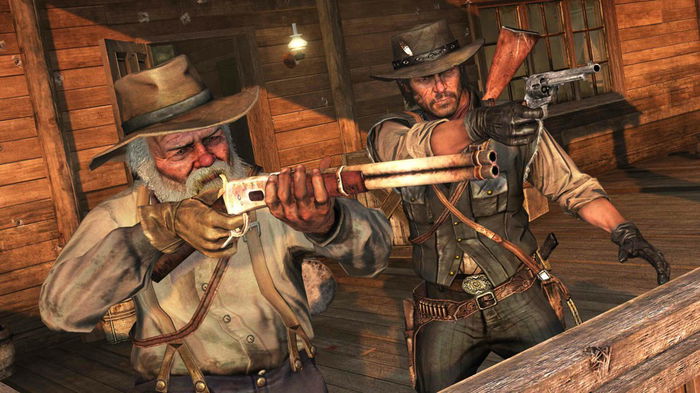
The West dies before it's born
In most Western stories, the focus is on the peak of the gunslinger era: duels at dawn, lawless towns, and lone heroes who shape their own destiny. In Red Dead Redemption, Rockstar decides to start in the opposite direction: at the end of everything. When we meet John Marston in 1911, the Old West no longer exists as legend would have us believe it. Guns are still fired, but the spirit of freedom has been crushed by telegraphs, trains, and federal laws.
This setting already gives off a strange, almost melancholic weight, that we’re not here to build an empire or dominate territories, but to witness what’s left of a dying world. John, a former gang member, no longer fights for wealth or fame, but for his own survival in a world where gunslingers are living fossils.
When Rockstar decides that Red Dead Redemption 2 will be a prequel, it's not to show us the "start" of the era, but rather to reveal how the end began. The 1899 game isn't the birth of a myth, but rather the first stage of its decomposition.
Knowing the end before the beginning changes everything
The inverted narrative structure creates a unique experience for the player: we know John's fate before we know the full story of the Van der Linde gang. When we play RDR2, every conversation with Dutch, Bill Williamson, or Javier Escuella carries a hidden tension; we know that in the future, everyone will be on opposing sides, that loyalties will be torn apart, and that blood will be spilled.
This choice also deepens our relationship with Arthur Morgan, the protagonist of RDR2. We never see him in the first game, and that's already a sign that something tragic has happened. As we play, we carry the shadow of this absence. And when Arthur's destiny is carried out, we understand why he wasn't in RDR1.
If the story was told in traditional chronological order, there’d be less emotional toll. Playing RDR2 first and then RDR1 would make Arthur's death a powerful moment, but without the added impact of knowing from the start that it would all lead to tragedy. By inverting the order, Rockstar transforms the second game into a kind of farewell letter.
The Weight of Inevitability
What makes this franchise's narrative so powerful is the feeling of the inevitable. No matter what we do as players, helping characters, making more honorable or dishonorable decisions, the gang's fate is already written.
In RDR1, John has no choice: the government blackmails him into hunting down and killing his former comrades. The player, already emotionally invested, is forced to destroy what remains of his own history. This moral conflict is overwhelming.
When we return to 1899 in RDR2, we realize that all the events leading up to the first game are a sequence of mistakes, greed, and delusions of grandeur. The player witnesses Dutch, who was once charismatic and idealistic, slowly become corrupted. He sees the gang break from the inside out. And, no matter how hard we try to save something, we know the outcome is inevitable.
This is the kind of tragedy that only fully works when we already know the ending.
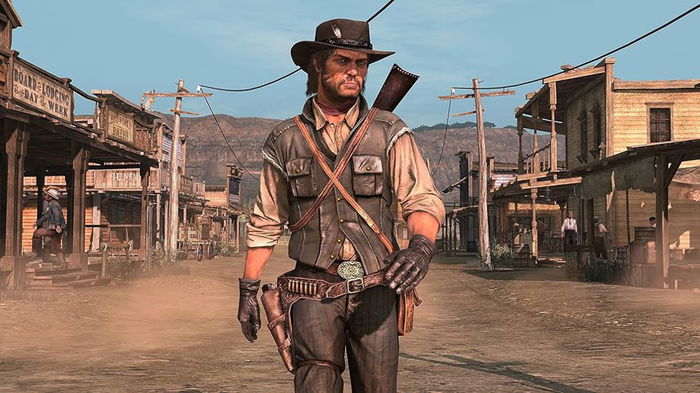
The Death of the West Metaphor
The franchise's backward-to-frontal structure also serves as a metaphor for the Wild West itself. Historically, the "age of the gunslingers" lasted only a short time, from the end of the American Civil War until the turn of the 20th century. Industrialization, railroads, and the expansion of the federal government rapidly transformed the land. What was once synonymous with adventure and anarchy became law and order.
By starting at the end, Rockstar forces us to face the death of the West before its glory. It's like visiting a cemetery before meeting the living who’ll get buried there. When we go back in time in RDR2, it's not to witness the rise of the gunslingers, but to watch them struggling to survive while the world is already preparing their tombstones.
This perspective creates a historical weight in the games, making the franchise a study on the end of an era.
The choice of protagonists reflects the inverted order
John Marston and Arthur Morgan represent distinct moments of the same tragedy.
John, in 1911, is a man trying to leave the past behind, rebuild a life for his family, but who’s being pulled back into violence by the relentless force of the government. He’s the end product of a dying era.
Arthur, in 1899, is a man still in his physical prime, living the day-to-day life of an outlaw, but already aware that the world’s changing too quickly for him. He’s the portrait of the struggle against the inevitable.
If we told the story in chronological order, we’d meet Arthur first, then John. But we’d lose the intensity of seeing John as a distant echo of what Arthur was and we would lose the opportunity to realize, when playing RDR2, how much the two share the same feeling of defeat, even if at different times.
Building Mythology Through Deconstruction
One of the greatest strengths of this franchise is how it builds its mythology. In the first game, the Van der Linde gang is a cursed legend. We know they were great, daring and dangerous. But we don't know how it all ended.
When RDR2 arrives, this legend begins to unravel before our eyes. There's no glamour in the gang's daily life; there's hunger, flight, paranoia, and broken promises. The myth is deconstructed, and this is all the more impactful because the player already knows the "end of the book."
If the franchise was linear, the legend would build naturally, and the downfall’d be predictable. By counting backwards, the downfall comes first, and the peak is shown already with the bitter taste of defeat.
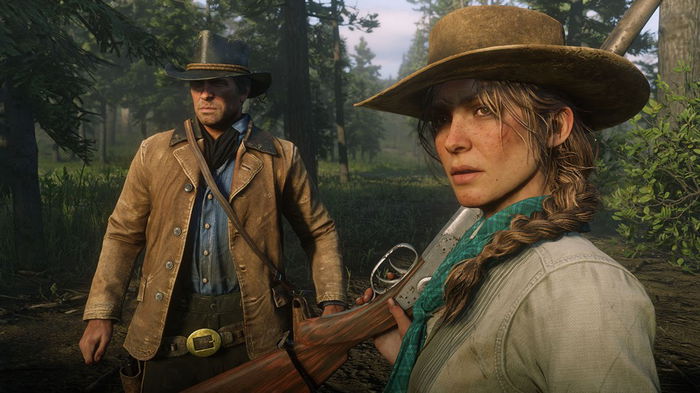
The emotional impact of repetition
There's a narrative rhyme between the two games: both end with the protagonist being sacrificed so someone else has a chance to live. In RDR2, Arthur sacrifices himself to give John time to escape. In RDR1, John sacrifices himself to save his family.
This "emotional echo"’s only noticed because the order of release is reversed. When we see Arthur protect John, we know that, years later, John will do the same for Abigail and Jack. This repetition creates a sense of a tragic cycle that, if told linearly, would lose much of its power.
A franchise about memory, not chronology
Ultimately, Red Dead Redemption is about memory. The chronological order doesn't matter, what matters is the impact each moment has when we know what comes next.
By choosing to tell the story backwards, Rockstar makes the player into a privileged witness, someone who’s already seen the epilogue before the prologue. And this changes how we interpret each scene, each decision, and each dialogue.
It's a reminder that sometimes knowing the ending first makes us appreciate the journey even more.
Possibilities for a Red Dead Redemption 3
If we follow the "back in time" logic, the next chapter could be set around 1880-1890, an even more chaotic period in the West, before the first cracks in the gang. This would open up a range of narrative possibilities:
- Dutch van der Linde's youth. Seeing Dutch at the height of his charisma and idealism, when he still fully believed in his philosophy, would be fascinating. It’d also be a chance to better understand how he became the paranoid and obsessive man we see in RDR2.
- The story of Hosea Matthews. The gang's co-founder is one of the most intriguing figures in the franchise. In RDR2, Hosea is the mentor who keeps Dutch grounded, but we know little about his past as a conman. A game centered around him could mix shootouts and elaborate heists.
- The early days of John Marston. Although some of John's youth has already been revealed in dialogue, seeing his recruitment and early work in the gang would create a direct link to RDR1. However, the challenge here would be to avoid repeating too much of what we already know.
- New protagonists: Just as Arthur Morgan didn't exist in the first game, Rockstar could create a new protagonist, who interacts with familiar figures but follows his own trajectory. This would maintain a sense of freshness while expanding the mythology.
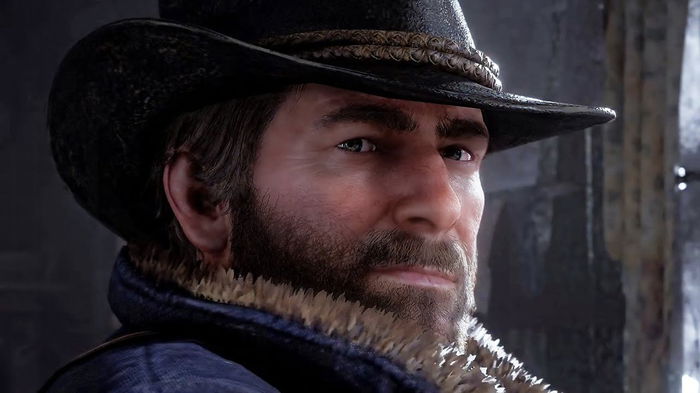
Conclusion: The Only Possible Way
If Red Dead Redemption had followed the traditional order, starting with Arthur's story and then moving on to John's, we’d have lost much of the tragic weight that defines the franchise. The melancholy, the inevitability, and the feeling of being trapped in an unmovable destiny are built precisely because we know what will happen before we understand how we got there.
This is a story that only fully works when told backwards. It's like reading the last chapter of a book before the first - and finding out that this doesn't ruin the story, but rather makes it even more painful and unforgettable.










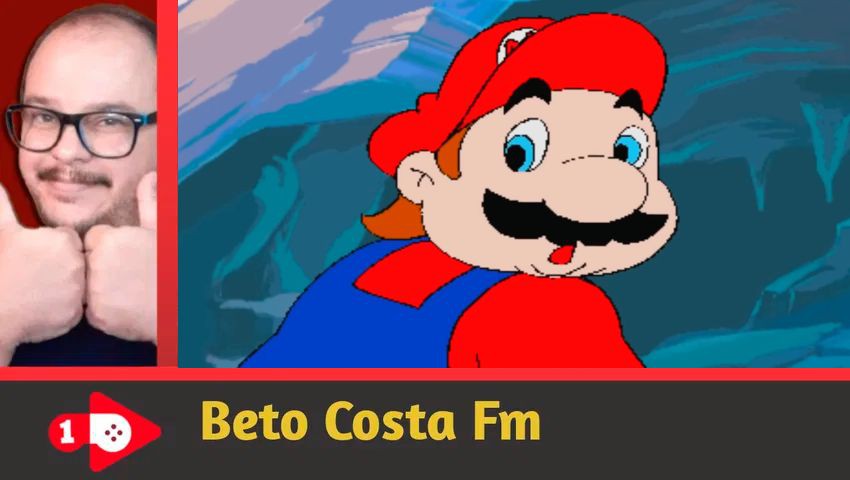



— Comments 0
, Reactions 1
Be the first to comment